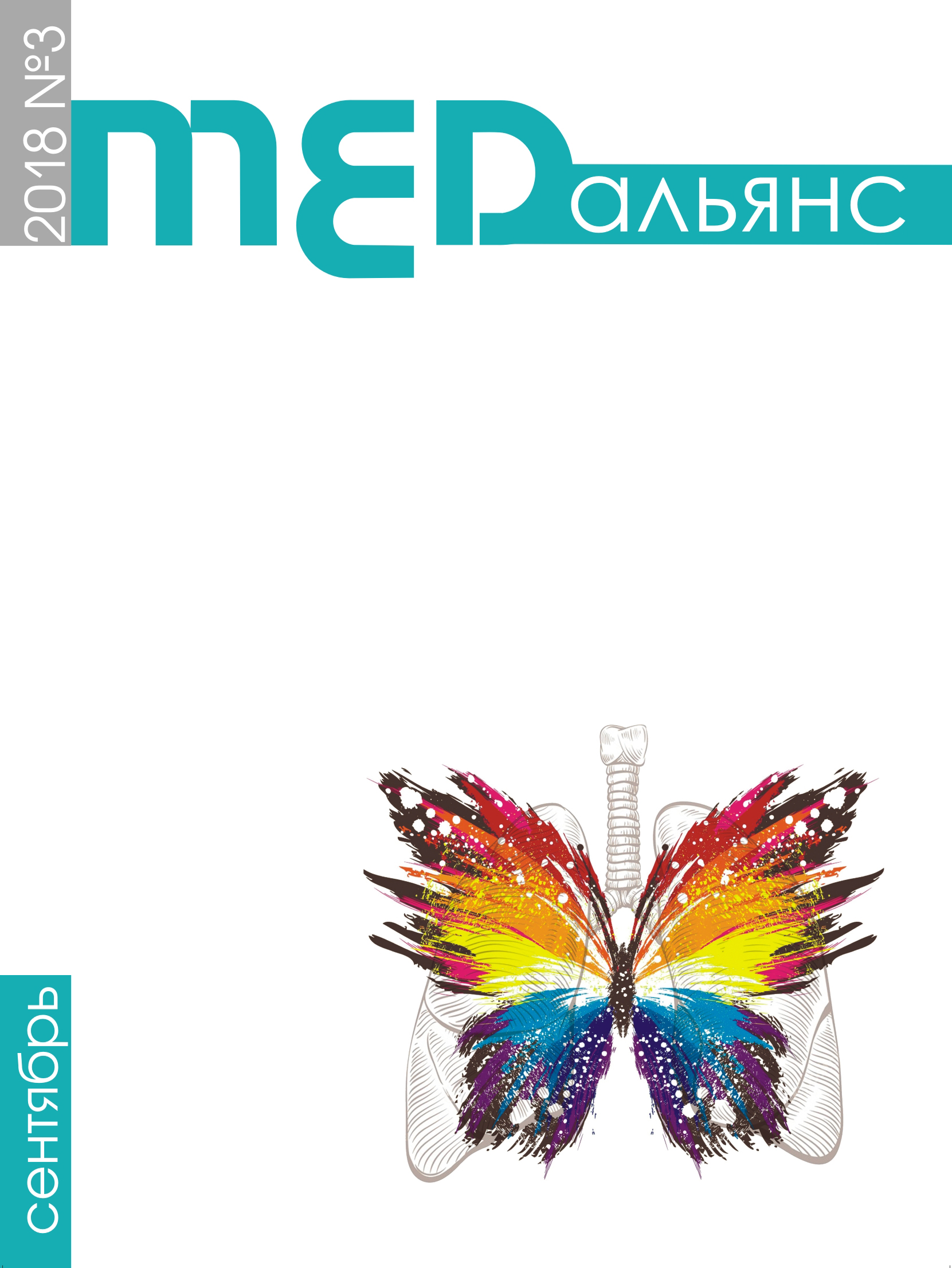Abstract
A comparative analysis of medico-social characteristics was carried out in 312 tuberculosis patients, which were detected during a fluorographic examination, and in173 patients detected during treatment. It was shown that when seeking medical help disseminated TB was twice as common, destructive changes and bacterial excretion were 1.4 times more common. All cases of fibro-cavern- ous tuberculosis and caseous pneumonia were detect- ed when seeking medical help. The most numerous risk group were HIV-infected patients, accounting for 34.6% of all newly diagnosed patients. In the group of patients identified when seeking medical help, the percentage of unorganized population was 75% higher than in the group detected during the preventive examination, the adherence of patients to harmful habits (smoking, alco- hol), the consumption of injecting drugs, poor material conditions, stay in the prison in the anamnesis. In both study groups, there was a high proportion of people who had not undergone a preventive examination for tuber- culosis for more than 2 years. A conclusion was made on the need to strengthen the work on the active detection of tuberculosis among high-risk groups for social and medical factors, as well as among the unorganized po- pulation.

